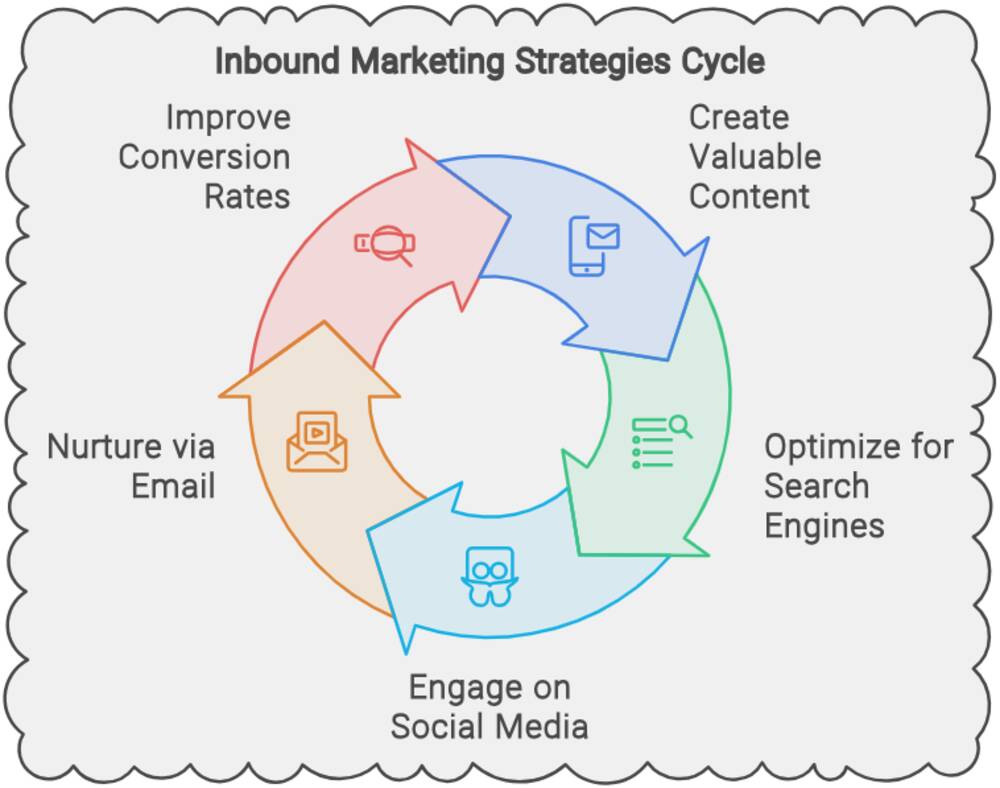How a Customer Engagement Platform Can Transform Your Marketing Strategy
See how a customer engagement platform can transform your marketing strategy with better personalization & interaction.

Explore the battle of Outbound Marketing vs. Inbound Marketing and discover the best strategies to elevate your brand in today's market.
Outbound marketing plays a pivotal role in reaching potential customers and generating leads. Outbound marketing, also known as traditional marketing, refers to the conventional approach of actively pushing advertisements and messages out to a wide audience. Unlike inbound marketing, which focuses on attracting and engaging customers organically, outbound marketing takes a more direct and proactive approach to reach its target audience.
This strategy involves various channels such as television, radio, print media, billboards, and direct mail. Outbound marketing is about amplifying brand awareness and capturing the attention of potential customers through mass communication.
Earlier, outbound marketing relied heavily on interruptive techniques, like cold calling and mass email blasts. However, the modern landscape has seen a shift towards more targeted and personalized outbound strategies. Marketers are now leveraging social media platforms and digital advertising to create highly targeted campaigns that resonate with specific consumer segments.
Some traditional outbound marketing strategies include:
While outbound marketing has faced criticism for its intrusive nature, when executed effectively, it can still yield positive results. The key lies in identifying the right target audience, crafting compelling messages, and selecting the appropriate channels to reach potential customers.
| Aspect | Outbound Marketing | Inbound Marketing |
| Approach | Proactive | Reactive |
| Focus | Wide audience | Targeted audience |
| Communication | One-way | Two-way |
| Cost | High | Varies |
| Effectiveness | Depends on target audience and messaging | Depends on content quality and customer experience |
Table: Comparing Outbound and Inbound Marketing As we move forward in this article, we will explore the other side of the marketing coin, inbound marketing. By understanding both outbound and inbound strategies, you will gain valuable insights into creating a well-rounded marketing approach that connects with your target audience effectively.
Inbound marketing has emerged as a powerful marketing methodology that aims to attract, engage, and delight potential customers by providing them with valuable content and experiences. Unlike traditional outbound marketing, which interrupts consumers with intrusive messages, inbound marketing focuses on creating meaningful connections and building trust.
The principles of inbound marketing:
Effective strategies employed in inbound marketing:

When it comes to marketing strategies, businesses have two main options to consider: outbound marketing and inbound marketing. Both approaches offer distinct benefits and challenges, and understanding their pros and cons is crucial in determining the most effective strategy for your business goals.
Outbound marketing, also known as traditional or interruptive marketing, involves actively reaching out to a large audience to promote a product or service. This approach relies on tactics such as TV and radio advertisements, cold calling, direct mail, and billboards to generate leads and conversions.
Advantages of outbound marketing include:
Outbound marketing also has its drawbacks, including:
Inbound marketing, on the other hand, focuses on attracting potential customers by providing valuable content and experiences. This approach aims to build trust, establish thought leadership, and engage audiences through channels like content marketing, search engine optimization (SEO), social media, and email marketing.
Benefits of inbound marketing include:
Inbound marketing also has its own set of challenges:
| Marketing Strategy | Pros | Cons |
| Outbound Marketing |
|
|
| Inbound Marketing |
|
|
In today’s competitive business landscape, combining outbound and inbound marketing strategies can provide businesses with a winning edge. By leveraging the strengths of both approaches, companies can create a more comprehensive and effective marketing campaign that reaches and engages their target audience more effectively.

Outbound marketing, often associated with traditional advertising methods such as print ads, TV commercials, and cold calling, allows businesses to proactively reach out to potential customers. On the other hand, inbound marketing focuses on creating valuable content that attracts and engages customers, such as SEO-optimized blog posts, social media content, and email newsletters.
When both outbound and inbound marketing strategies are integrated, businesses can benefit from a multi-faceted approach that maximizes exposure and engagement. While outbound marketing helps generate awareness and reach a broader audience, inbound marketing complements it by nurturing leads, building trust, and establishing long-term relationships with customers.
One way to combine outbound and inbound marketing is by using outbound tactics to drive traffic to valuable content on your website. For example, a print ad can direct readers to a blog post or an email campaign can promote a webinar. This way, businesses can capture the attention of potential customers through outbound methods and then provide them with valuable content that further engages and educates them.
Moreover, by integrating inbound marketing techniques into outbound campaigns, businesses can enhance their targeting and personalization efforts. For instance, using data collected from inbound marketing channels such as website analytics and lead nurturing platforms, businesses can tailor their outbound messaging to specific customer segments, increasing the relevancy and effectiveness of their campaigns.
Combining outbound and inbound marketing also allows businesses to leverage the strengths of each approach in various stages of the customer journey. While outbound marketing excels at creating awareness and generating initial interest, inbound marketing shines when it comes to nurturing leads and driving conversions.
In this article, we explored the key differences between outbound and inbound marketing strategies. Outbound marketing focuses on reaching out to potential customers through traditional marketing channels such as TV ads, cold calling, and direct mail. On the other hand, inbound marketing aims to attract and engage customers by providing valuable content, leveraging social media, and implementing SEO techniques.
Both outbound and inbound marketing strategies have their pros and cons. Outbound marketing offers immediate results and allows for better control over the message, but it can be intrusive and less targeted. In contrast, inbound marketing focuses on building long-term relationships with customers and relies on permission-based interactions, but it requires time and effort to build momentum.
For businesses seeking effective marketing strategies, the key lies in finding the right balance between outbound and inbound approaches. By combining both strategies, companies can amplify their reach, engage with customers at various touchpoints, and maximize their marketing efforts. Ultimately, choosing the right marketing strategy should be based on the unique needs and objectives of your business.